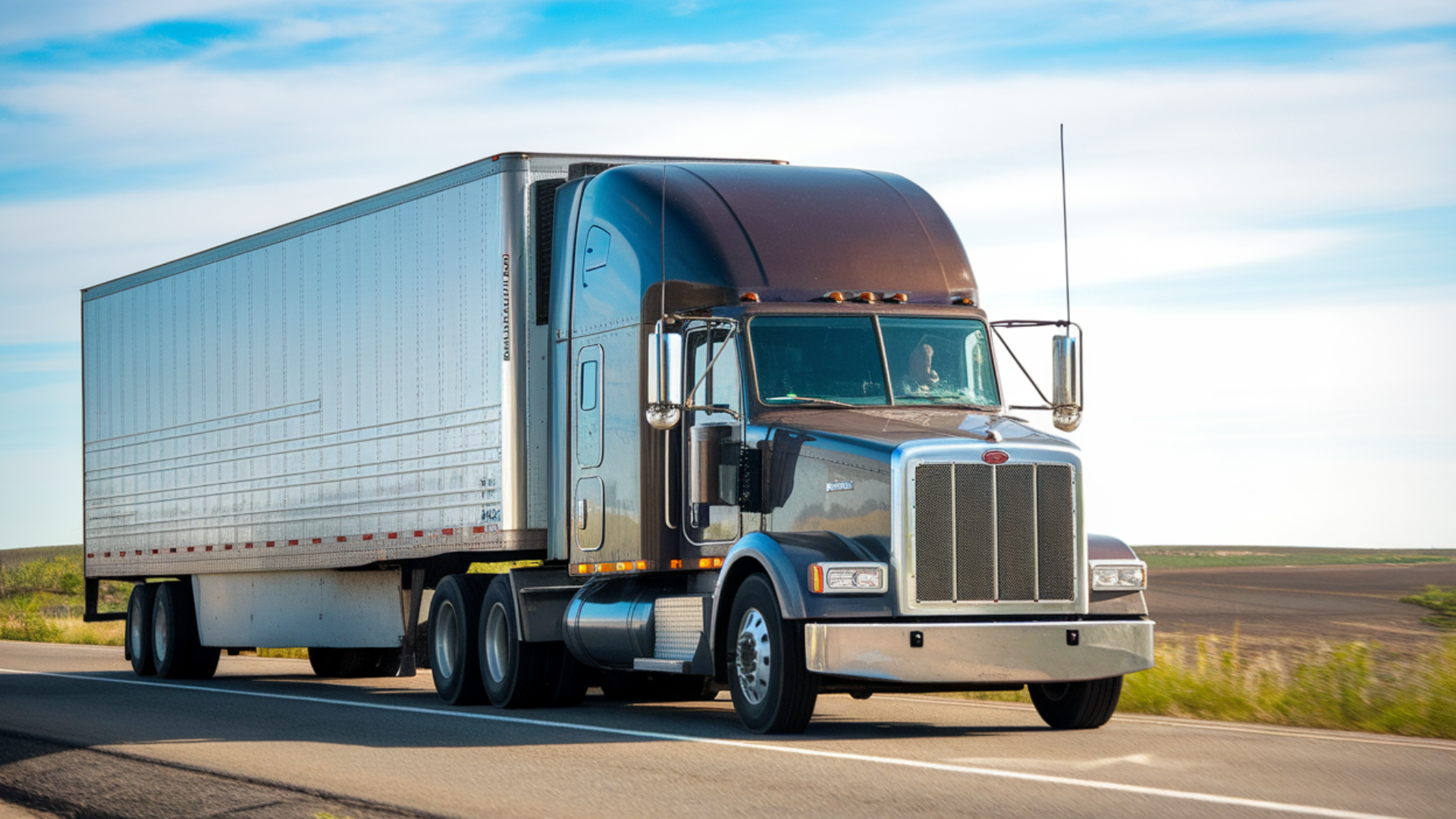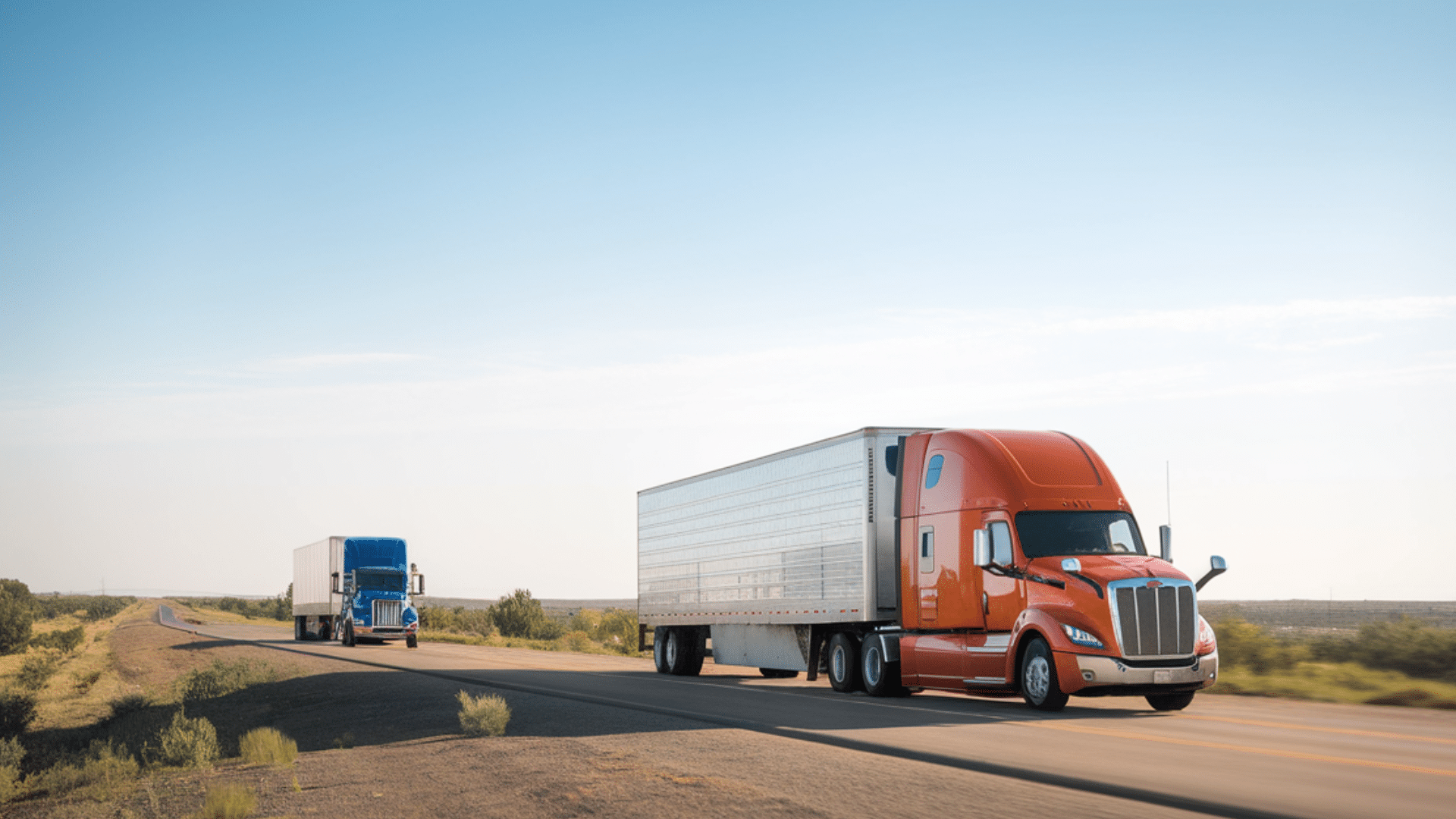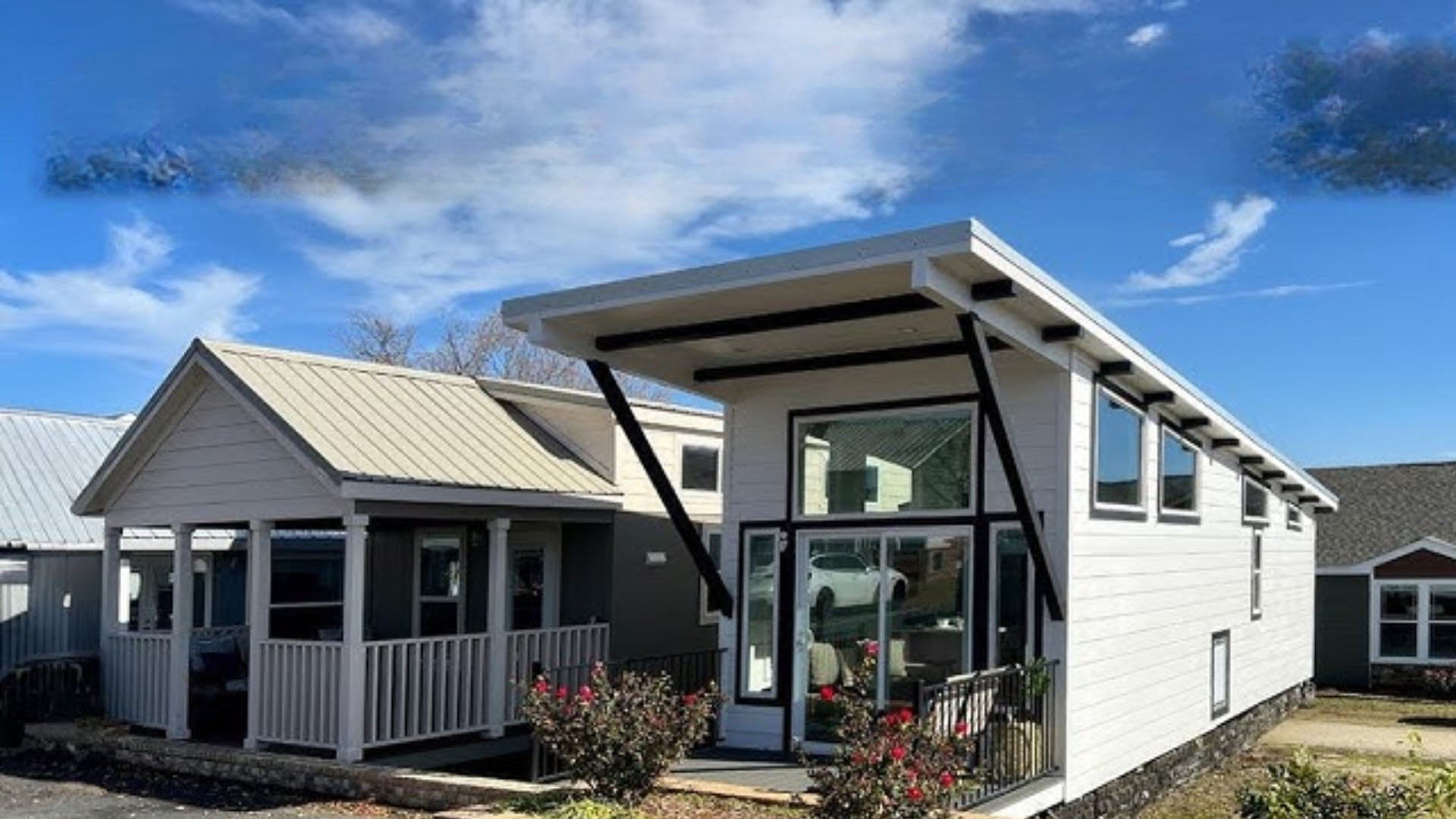I remember when I first learned about over-the-road trucking. I thought it was only about driving long miles, but I quickly realized it’s also about discipline, freedom, and building a lifestyle around the road.
I know for a fact that the people who succeed in it often find small ways to stay grounded while traveling across states.
Today, I’ll help you decide if this kind of work is a good match for your own goals, or if the trade-offs are worth it.
Either way, the first step is understanding what it really means. So let’s start by breaking down the basics.
What is Over-the-Road Trucking?

Over-the-road (OTR) trucking means driving long distances to move freight across states or even across the country. It’s often called long-haul trucking because the trips are much longer than regional or local runs.
OTR vs. Other Runs
- OTR: Drivers spend days or weeks on the road, covering hundreds or thousands of miles. Home time is limited.
- Regional: Routes stay within a set group of states. Drivers are usually home weekly.
- Local: Short daily routes, often within one city or nearby towns. Most drivers are home every night.
So, OTR is the choice if you want to see more of the country, while regional and local offer more home time.
Types of Freight Typically Hauled
OTR drivers carry all kinds of goods, such as:
- Consumer products like food, clothing, and electronics
- Building materials and equipment
- Refrigerated loads like produce and dairy
- Specialty freight such as hazardous materials, if licensed
The type of freight depends on the company, trailer type, and driver qualifications.
Common Routes and Distances
OTR routes often cross state lines and can span coast to coast. A single trip might take several days to finish. Many drivers cover 2,000–3,000 miles in a week. Some routes also cross into Canada or Mexico, depending on the carrier.
If you’ve ever seen a big rig on the highway far from home, there’s a good chance it’s an OTR driver keeping freight moving across long distances.
Requirements to Become an OTR Driver
If you’re thinking about OTR trucking, the first step is meeting the basic requirements. It’s not just about getting behind the wheel, there are legal and skill-based steps you’ll need to follow.
CDL Class A License
To drive an OTR truck, you’ll need a Class A Commercial Driver’s License (CDL). Getting one means:
- Applying for a CDL learner’s permit
- Passing a written knowledge test
- Completing skills training, often through a truck driving school
- Passing a road test with a licensed examiner
I remember how the road test felt like the real deal, it’s the final step before you can actually start hauling freight.
Endorsements
Some OTR jobs require special endorsements on your CDL. These might include:
- Hazmat (H) for hazardous materials
- Tanker (N) for liquid loads
- Doubles/Triples (T) for hauling more than one trailer
Not every driver needs these, but having them can open more job opportunities and sometimes higher pay.
Training and Schools
Most drivers attend a trucking school to get hands-on training.
Some companies even sponsor training if you agree to work for them afterward. It’s a good way to cut upfront costs, though you’ll want to weigh the commitment.
Health and Physical Requirements
Driving long hours can be demanding. You’ll need to pass a Department of Transportation (DOT) physical exam that checks vision, hearing, blood pressure, and overall health.
This exam must be renewed every 1–2 years.
Life on the Road: What to Expect

OTR trucking is more than just a job. It’s a way of life that changes how you spend your days, where you sleep, and how often you see home.
1. Typical Schedule
Most drivers spend several weeks on the road before heading home. A regular week often means driving 8–11 hours a day, following federal time limits, and planning every stop along the way.
Routes usually cover 2,000 to 3,000 miles in a week, with tight delivery deadlines keeping you on schedule.
2. Living in the Truck
The truck becomes your home while you’re away. Sleeper cabs usually have a bed and storage, and some drivers add small appliances for cooking or keeping food fresh.
Sticking to simple routines, like making quick meals or organizing the cab, makes life on the road feel more manageable.
3. Truck Stops and Rest Areas
Truck stops are more than fuel stations. They’re places to rest, shower, eat, and even do laundry. Rest areas also give you a safe spot to park and recharge.
I’ve noticed that choosing the right stop makes a big difference in comfort and peace of mind during long runs.
4. Communication with Family
Being away from home is one of the hardest parts of OTR driving. Many drivers schedule daily calls or video chats to stay in touch.
Even quick check-ins can help you feel connected when you’re miles away from your family.
Pay, Salary, and Benefits in OTR Trucking
Pay is one of the first things people want to know about OTR trucking. The truth is that income can vary widely depending on experience, company, and the type of freight you haul.
Average Pay
Most OTR drivers are paid by the mile, with rates ranging from 40 to 70 cents per mile. New drivers usually start on the lower end, while experienced drivers or those with endorsements can earn more.
Weekly miles often add up to 2,000–3,000, which means many drivers make between $55,000 and $80,000 per year.
Factors That Affect Income
Your earnings depend on more than just mileage. The type of freight you haul matters, since refrigerated or hazardous loads often pay more.
The company you work for, your driving record, and even the routes you take can raise or lower your pay. Drivers who manage time well and avoid delays often make the most of their mileage pay.
OTR vs. Local or Regional Pay
OTR jobs usually pay more per mile than local or regional routes. Local drivers may bring home less but are home every night, which balances out for many families.
OTR drivers trade more time on the road for higher income and benefits, so it really comes down to your lifestyle goals.
Benefits Beyond Pay
Most trucking companies offer health insurance, retirement plans, and paid time off.
Some also provide sign-on bonuses, tuition reimbursement for CDL school, or newer trucks with better equipment. These extras can add a lot of value, especially when comparing companies.
Pros and Cons of OTR Trucking
OTR trucking has clear upsides and downsides. Laying them out side by side makes it easier to see if the lifestyle fits what you’re looking for.
| Pros | Cons |
|---|---|
| Strong job security and high demand | Long stretches away from home |
| Solid earning potential, especially with experience | Can be tiring with long hours and irregular sleep |
| Opportunity to travel and see new places | Health challenges like stress, poor diet, or weight gain |
| Builds valuable skills for regional or specialized jobs | Tough on family life and personal relationships |
| Flexibility to choose day or night driving | Limited daily routines and less stability |
If you enjoy independence and don’t mind being away for long stretches, the pros may outweigh the cons. But if family time and routine matter most, local or regional trucking could be a better fit.
Health, Wellness, and Lifestyle Tips
Staying healthy on the road can feel tough, but small habits make a big difference. Here are some simple ways drivers manage their well-being while hauling long miles:
- Plan your meals. Keeping snacks like fruit, nuts, and protein bars in the cab helps you avoid relying only on fast food.
- Stretch and move. A few minutes of walking or stretching at rest stops can ease stiffness and improve circulation.
- Stay hydrated. Water keeps you alert and helps fight fatigue, even if it means stopping more often.
- Stick to a sleep routine. Parking early and keeping a regular sleep schedule can reduce stress and improve focus.
- Watch your stress. Podcasts, music, or short calls with family can help take your mind off the road.
- Use your downtime. Many drivers bring small weights, resistance bands, or fitness apps to stay active.
A little consistency goes a long way. The healthier you stay on the road, the easier it is to enjoy the job and keep up with its demands.
Technology in OTR Trucking
Modern trucking relies heavily on technology. From safety to planning, these tools help drivers manage long trips more smoothly.
- Electronic Logging Devices (ELDs): ELDs automatically record driving hours to make sure you follow federal rules. They replace paper logs and cut down on errors.
- Route Optimization: Many companies now use GPS-based apps that suggest the best routes for fuel savings and time management. These systems also help avoid traffic, weather problems, or road closures that slow drivers down.
- Safety Features: New trucks come with built-in tools like lane departure warnings, adaptive cruise control, and collision alerts. These features don’t replace careful driving, but they add another layer of protection.
- Communication Tools: Onboard tablets, mobile apps, and dispatch systems make it easier to stay in touch with dispatchers, plan loads, and send updates. They also cut down on paperwork by letting drivers handle documents digitally.
Final Thoughts
Over-the-road trucking can be more than just a paycheck; it’s a lifestyle that teaches patience, resilience, and problem-solving in ways few jobs do.
I’ve found that the longer you drive, the more you learn to value small routines that keep you grounded while covering thousands of miles.
For some, the freedom of the open highway outweighs the sacrifices of time away from home. For others, it’s a stepping stone to new opportunities in trucking.
If you’re still weighing your options, take a look at my other blogs on the website; they’ll give you more insights into different driving paths and help you figure out which road is right for you.















